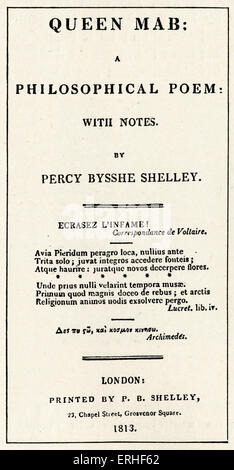

However, following the Renaissance period, the sonnet largely went out of fashion.

Later, in the sixteenth century, Sir Thomas Wyatt introduced the form to English poetry with sonnets like “Whoso list to hunt, I know where there is a hind” and “The long love that in my heart doth harbor.” The 154 sonnets Shakespeare composed throughout his career, largely addressed to the anonymous Dark Lady or Fair Youth, would go on to solidify the form’s place in English literary history. In the early 1300s, Petrarch composed his Italian Rime Sparse, a series of 366 poems devoted to his love for Laura, a married woman who continually rejected his romantic overtures. Turbulent desires, love’s joys and frustrations, and erotic encounters characterized the sonnet throughout its history. Shelley’s reaction to Wordsworth’s shifting political attitudes through the sonnet isn’t just an allusion to a form favored by the older poet: it’s a clever use of a genre defined by the element of change.


 0 kommentar(er)
0 kommentar(er)
